Crowdfunding is a way for entrepreneurs to raise capital by soliciting funds from a large audience. Conventional wisdom holds that entrepreneurs start their funding journeys with crowdfunding. But in fact, there are multiple entry points for this method of finance, and it’s important for companies to evaluate at which stage crowdfunding works for their specific business.
Take the case of IPG Energy, which has developed a renewable, fuel-agnostic generator that brings multiple benefits: reduce carbon, eliminate pollutant emissions, and deliver a cost-effective, low-risk route to using renewable fuels for onsite power at scale.
I spoke to IPG Energy CEO Toby Gill about his company’s unique crowdfunding journey using the Seedrs platform.
Why did you decide to pursue equity crowdfunding? And which platform did you use?
TG: Equity crowdfunding was the best way to secure-early stage seed capital financing in a way that democratises access to businesses that most retail investors don’t get access to, such as hardware energy tech companies like IPG Energy. The unique side of the equity crowdfunding route was that it enabled us to secure brand recognition early on, while we were still in product development. This approach enabled us to progress customer conversations much more rapidly than we would otherwise have been able.
We used the Seedrs platform, which has all investors come through a nominee company, and then all communication is done through that single company rather than with individual investors. This system makes the process much simpler, as a successful crowdfunding raise can mean you’re welcoming hundreds of investors to your community.
What were you able to achieve as a result of your crowdfunding campaign?
TG: Our campaign raised awareness of the product that we were developing and created a lot more of a network effect than we had anticipated, particularly as we were developing a B2B hardware rather than a B2C retail or software solution, which are what you’d more typically find on a crowdfunding platform. It helped get us in front of people within the industry who were genuinely interested in the product that we were developing and the solution that it was providing.
We were also incredibly successful in terms of our conversion rate. 52% of people who requested our pitch deck converted to investment, compared to the Seedrs average of just 10 percent. We believe our success is due to building mission-driven hardware that has the ability to have a profound climate impact – something that many investors found appealing about our solution.
What’s one thing that surprised you about your experience of crowdfunding?
TG: The one big thing that surprised us was just how successful it was for us. We thought going into the experience that retail investors would be less interested in a hardware solution compared to software or B2C products. However, the converse was actually true. We gained significant market traction that we didn’t expect.
What advice do you have for startups just starting a crowdfunding campaign?
TG: Crowdfunding should not be viewed as a silver bullet for those seeking to avoid speaking to VCs or angel investors when raising investment. To get the most out of your campaign, you need to seek crowdfunding once you’ve already secured all the money you need, which sounds counterintuitive. Crowdfunding is actually most successful when there is an element of ‘fear of missing out’ – when your campaign has visibly gained traction and your funding needs start to reduce. I view crowdfunding as a way of topping up funding and marketing your solution, rather than as a way to secure all of the funding that you need. Ultimately, the marketing of your investment opportunity can actually be the most successful outcome of a crowdfunding round.
Something else to be aware of is the time and effort required to complete the due diligence required by the crowdfunding platforms. It is not a quick task, so businesses should be prepared for the depth they will need to go into in order to make investors feel secure in the opportunity. The same can be said for the marketing and investor outreach campaigns required to ensure the investment opportunity reaches as many prospective investors as possible.
One final piece of advice before anyone starts on this journey is to seek out the guidance of peers or professionals who have experienced the process before. We sought the expertise of crowdfunding marketing agency TribeFirst before embarking on our crowdfunding journey, and the insights we gained from working with them throughout our campaign were invaluable.

